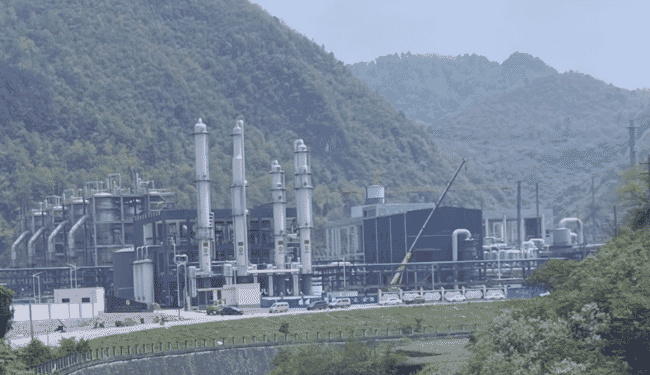
The company currently focuses on producing ethanol, from microbes fed on carbon emitted by ferroalloy mill emissions, but now plans to expand its LanzaTech Nutritional Protein (LNP) capacity.
LNP is a microbial protein that has been successfully tested for fish feed applications by the Center for Aquaculture Technologies, while human food and beverage innovation firm Mattson completed thorough protein characterisation and food prototyping for dish concepts such as smoothies, dairy-free cheese, and bread.
LanzaTech is in the process of completing trials and testing in animal feed and pet food, and is underway with completing the US Food and Drug Administration’s Generally Recognized as Safe (GRAS) certification process for LNP’s use in human nutrition formulations.
Cost-competitive
By using a new microbe in its proprietary gas fermentation process, LanzaTech says that its biorefining platform can "produce a cost-competitive protein solution that supports a resilient food supply chain".
“Building on the expertise of our commercially operating core gas fermentation process, LNP represents a natural expansion of our business,” said Dr Jennifer Holmgren, CEO of LanzaTech.
“By coupling a new microbial production strain with our existing bioreactor technology, and our years of operating experience, we have developed a path to mass produce protein from CO2. For two years, we’ve operated a pilot facility to prepare for commercialisation, and in the process, we’ve partnered with leading brands and food testing organisations for rigorous analysis and prototyping of nutrition applications. We have now progressed into the engineering design phase for a 0.5 to 1.5 ton per day facility, expected to be operational in 2026, and have developed a roadmap to commercial-scale production in 2028," she adds.
LanzaTech is evaluating potential sites, in collaboration with several partners, for the first pre-commercial facilities, planned to be operational in 2026. Meanwhile commercial facilities are being designed to produce more than 30,000 tonnes per annum, with the first of these expected to be operational during 2028.



